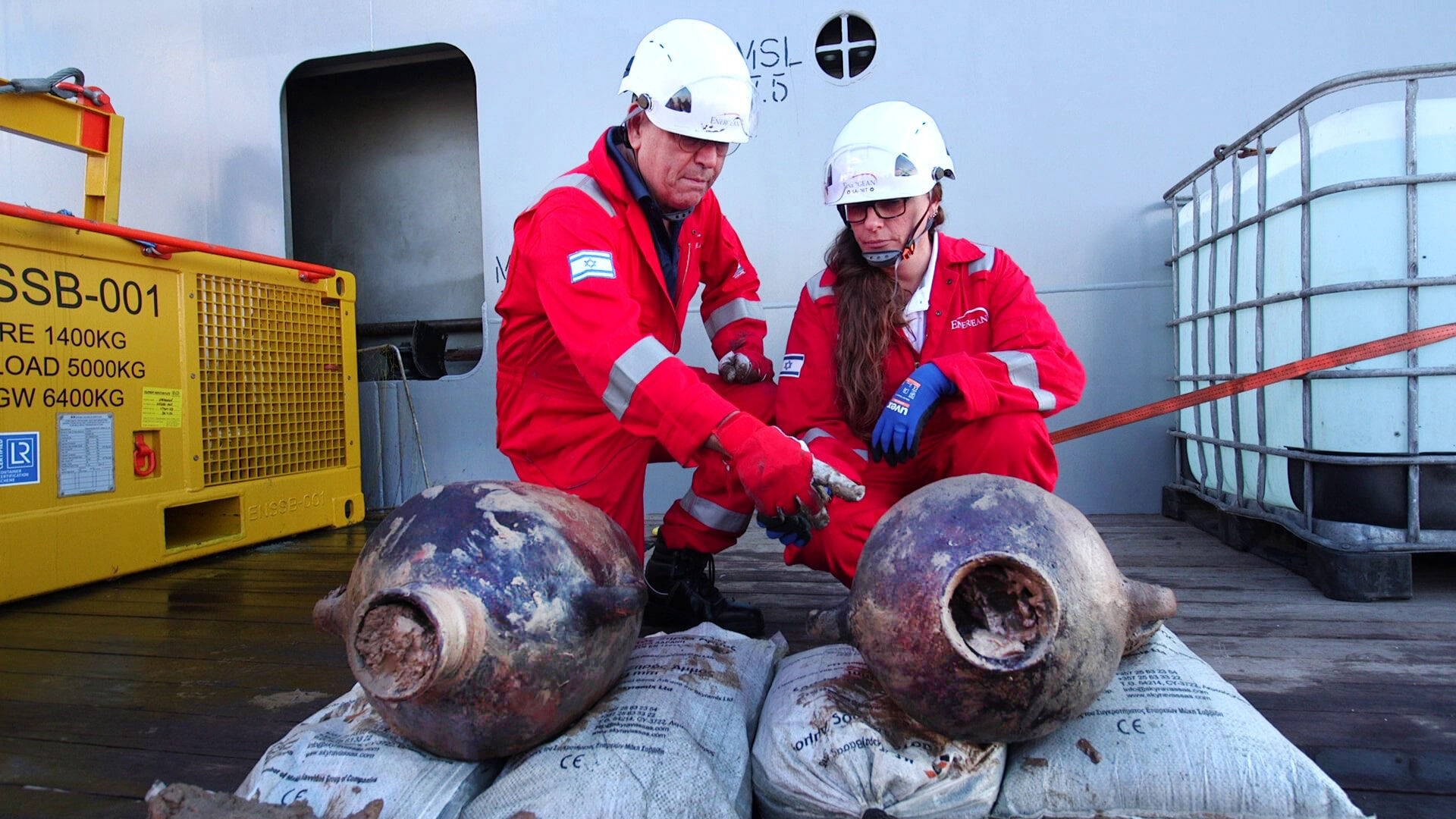News has just broken of a “world-class, history-changing” discovery: the “earliest ship ever found in the deep seas,” discovered by an Energean natural gas surveying vessel operating about 90 kilometers (56 miles) off the coast of Israel. The 3,300-year-old vessel and its cargo of hundreds of intact amphorae (storage vessels) was found at a depth of 1.8 kilometers (1.1 miles) on the Mediterranean seafloor, as reported in today’s joint press release from the Israel Antiquities Authority (iaa) and Energean.
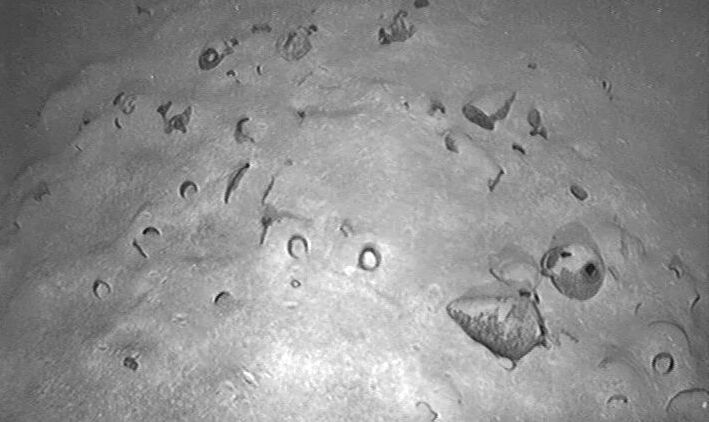
The amphorae are of a Late Bronze Age type, dating to the 14th century b.c.e. (between 3,400–3,300 years old). They are best associated with port cities along the coast of the Levant during a time when international maritime commerce—particularly with this region (and even faraway Britain)—flourished. Two representative vessels have been recovered by the Energean team from the 12- to 14-meter-long wreck.
Evidently, the wreck was “due to a storm or to an attempted piracy attack—a well known occurrence in the Late Bronze Age,” said Jacob Sharvit, head of the iaa Marine Unit.
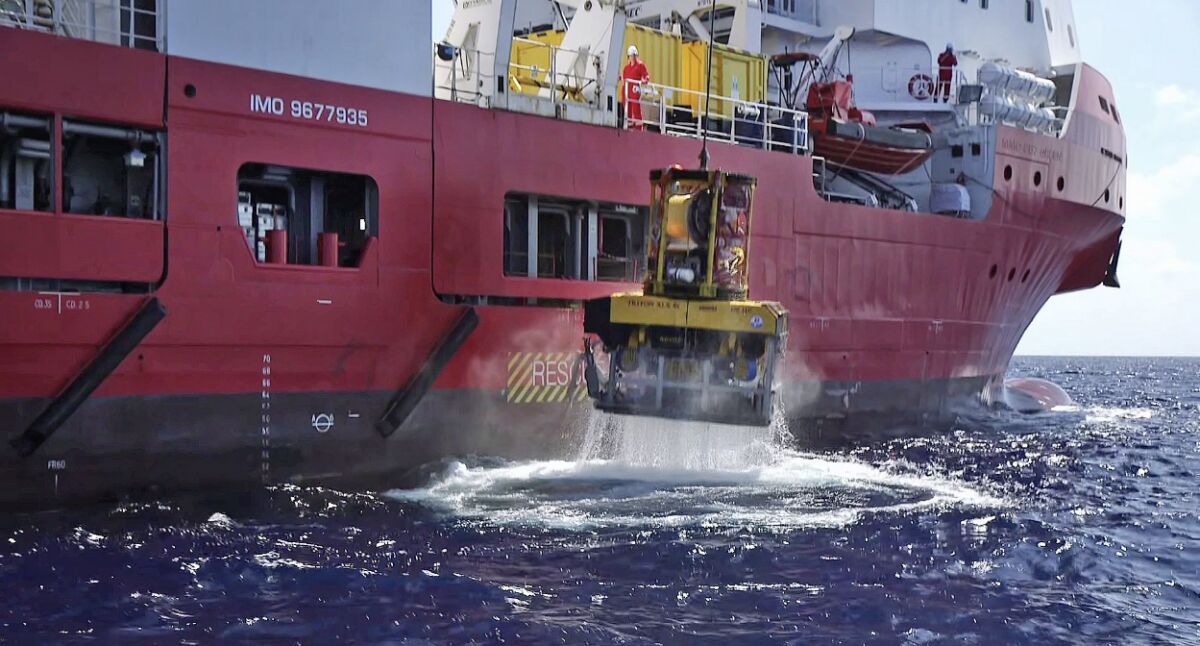
What makes this wreck especially exciting is its location—“both the first and the oldest ship found in the Eastern Mediterranean deep sea, 90 kilometers from the nearest shore,” Sharvit says. He further explained:
This is a truly sensational find. Only two other shipwrecks with cargo are known from the Late Bronze Age in the Mediterranean Sea—the boat from Cape Gelidonya and the Uluburun boat; both found off the Turkish coast. Yet both of those shipwrecks were found relatively near the shore and were accessible using normal diving equipment. Based on these two finds, the academic assumption until now was that trade in that time was executed by safely flitting from port to port, hugging the coastline within eye contact. The discovery of this boat now changes our entire understanding of ancient mariner abilities: It is the very first to be found at such a great distance with no line of sight to any landmass. There is tremendous potential here for research: The ship is preserved at such a great depth that time has frozen since the moment of disaster—its body and contexts have not been disturbed by human hand (divers, fishermen, etc); nor affected by waves and currents which do impact shipwrecks in shallower waters. …
This find reveals to us as never before the ancient mariners’ navigational skills …. To navigate they probably used the celestial bodies, by taking sightings and angles of the sun and star positions.
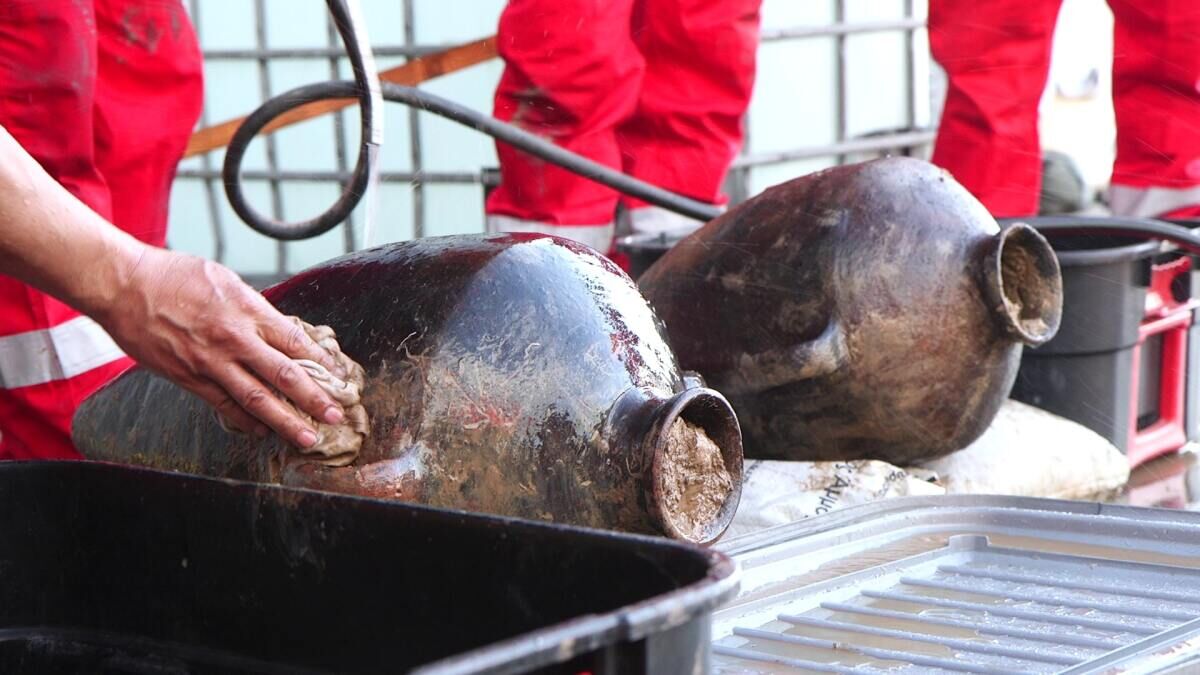
Sharvit highlighted parallels in maritime trade on ancient artwork of the general time period, including “the famous scene from Qenamon’s [15th-century b.c.e.] tomb in Thebes, [which] depicts unloading goods, including sealed amphorae from Canaanite boats.”
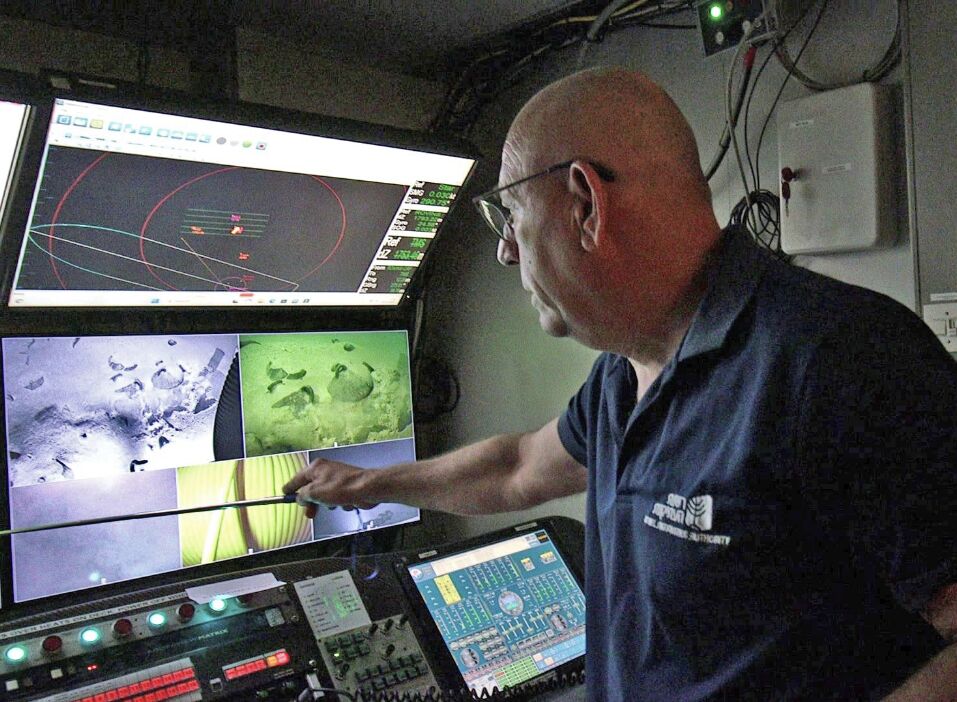
Energean Israel ceo Shaul Zemach summarized the discovery, as well as the joint participation between his company and the iaa, saying:
The ongoing relationship with the Israel Antiquities Authority is an inseparable element of Energean’s connection to the community and exemplifies our commitment to society and to the environment. In this complex project, our team exhibited extraordinary professionalism, and we are happy to be partners to a discovery of this magnitude.
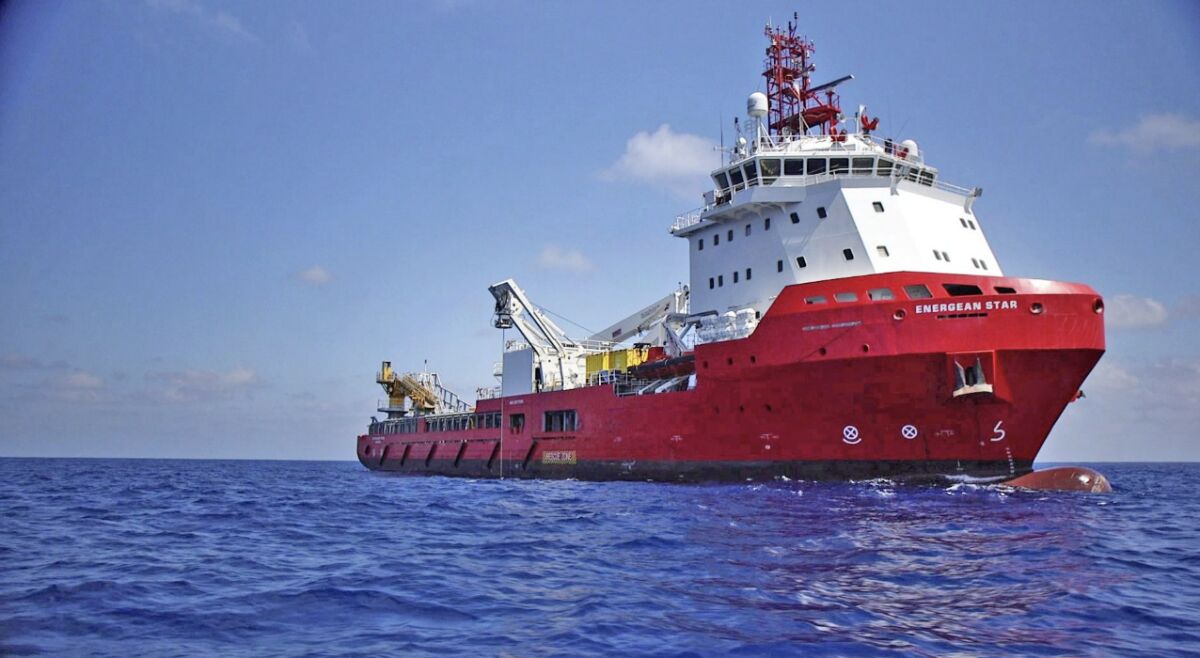
The vessels will be presented to the public in the Jay and Jeanie Schottenstein National Campus for the Archaeology of Israel. We eagerly await further research of the vessel itself!
